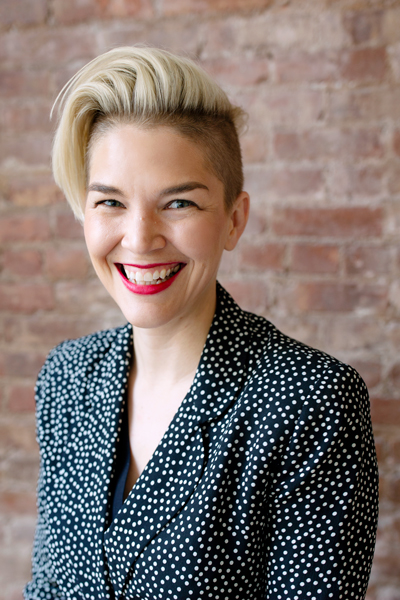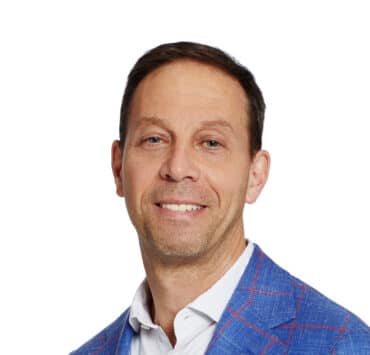|
Getting your Trinity Audio player ready...
|
An oat can make many things: sticky oatmeal, the crumbly top of an apple crisp, crunchy muesli—the list goes on. In 1994, Rickard Öste expanded the possibilities of what an oat could be even further, creating a creamy oat-based beverage that would eventually serve as the base for lattes, yogurts, ice cream, and more. His creation, Oatly, would take his homeland, Sweden, by storm, inspiring consumers to opt for a milk that was kind not only to lactose-intolerant stomachs but also the world at large.
In 2017, Oatly came to the United States with the intention of expanding this mission. Originally only offered in third-wave coffee shops, Oatly can now be found anywhere from local cafés to nation-wide grocery chains. But that’s not to say its mission is anywhere near completed. The new-old start-up persists as an ever-evolving advocate for sustainable farming practices and plant-based diets.
While the environmentally conscious shopper and big-city hipster might already be on board, Oatly seeks to meet people less accustomed to alternative milks in the middle. That’s where Heidi Hackemer comes in.
Hackemer stands as Oatly’s executive creative director for its North American market. Her journey to the brand was serendipitous, and it started in the way most consumers experience the brand for the first time. She walked to her local coffee shop and ordered Oatly off the menu.

“We were drinking almond milk at the time, but we were worried about the environmental impact of it. We were thinking about making a switch, and ta-da! Oatly shows up,” Hackemer remembers.
Two months and a well-stocked fridge later, Oatly reached out to get her help in building out and adapting its creative collateral for American markets. “What they created in Sweden is truly remarkable from a brand standpoint,” she notes. “We’re just putting out into the world what we think is right and has integrity.”
For a company that is hyperfocused on topics like climate change and sustainability, adapting these stances to appeal to a polarized market is no small task. “Americans obviously have a very strong attachment to dairy, both from a use and a psychological perspective. This idea of the American farmer is something that we have in our ethos and mythology as a country,” Hackemer says. “So, it wasn’t about changing the brand when I came here. It’s more just thinking, ‘OK, from a broader standpoint, how does it live in this context?’”
Finding the sweet spot where Oatly can fit in the American ethos relies on meeting consumers where they are rather than forcing them over to one side. But that doesn’t mean Oatly has to do it alone. By using platforms as large as the Super Bowl and partnering with corporations as wide-sweeping as Starbucks, the company is testing how far oat milk can go, branching out from its niche in big cities and becoming popular in rural areas.
Oatly’s 2021 Super Bowl ad—a thirty-second slot featuring a song titled “Wow No Cow” performed by CEO Toni Petersson—made the brand memorable to football spectators everywhere using a technique that only the savviest viewer could spot: trolling.
“We trolled it by running a spot that we knew was not a Super Bowl-style spot at all, and even before it aired, we came out with a T-shirt that said, ‘I totally hated that Oatly commercial,’” Hackemer describes, laughing. “Really understanding how the Super Bowl works and understanding how Twitter works—that if you do something weird, there’s going to be backlash and counter backlash—that’s how we get people talking about us. And that’s exactly what we wanted them to do.”
Needless to say, the commercial was a success.
“It’s inspiring to have a partner in Heidi, whose creative ambitions align with her passion,” says Jamie Sheridan, client business lead at PHD US. “That leads to work that looks beyond ROI to also encompass effecting positive change.”
Now, people across the US are talking about oat milk—and gaining access to it. In early March 2021, Oatly partnered with Starbucks to make that access possible. But the partnership accomplishes so much more than that.
“If we don’t take climate change seriously, and really think about the ways we need to change our systems and our lifestyles, then we as a species and a planet are in trouble,” Hackemer says. “This Starbucks partnership is amazing because it’s very quickly giving millions and millions of people access to a better alternative to dairy that’s also better for the environment. We always joke about ourselves as punks, and to me, to be able to scale something like that that quickly is the most punk thing you can do.”
Next on Oatly’s Earth-focused agenda is to collaborate with American farmers to grow human-grade oats—a crop that has consistently been overshadowed by soy and corn and one that is currently largely available only in Canada. The goal, Hackemer says, is for Oatly to test out if there is a role for oats to play on US farms as a start to more regenerative practices.
“We’re working on a pilot project right now with farmers in Iowa, Nebraska, and Minnesota, where we guarantee them a market if they grow a rotation of human-grade oats in addition to their corn and soy,” Hackemer details. “It’s a win for the farmers because they can diversify their revenue, it’s a win for Oatly, and it’s a win for the planet.”
Between Oatly’s captivating ads, its clever branding, and its ability to stretch across the globe without negatively affecting it, the company proves it can tackle a lot at once. But more than anything, it proves we should never underestimate just how much an oat can do.
Putting Power and Privilege to Use
Outside of Oatly, Heidi Hackemer strives to not only be good steward of the earth but also an advocate for Indigenous peoples. When she was thirty-one, she quit her job, bought a truck, and drove across the United States in pursuit of a greater purpose. “My brother lives in South Dakota, and he said, ‘If you really want to understand America, you need to understand the experience of the Indigenous Americans, because we’ve completely lost their story in mainstream culture,’” she says.
Now, every year—save 2020—Hackemer drives across the country to learn from Indigenous people and do what she can to aid in their liberation. “It’s not my role to go to South Dakota and tell them how they need to change,” she explains. “It’s my role to sit with the elders and the leaders and ask what they need. Then I can figure out how I can channel my own time or other resources to help them do what they need to do.”

